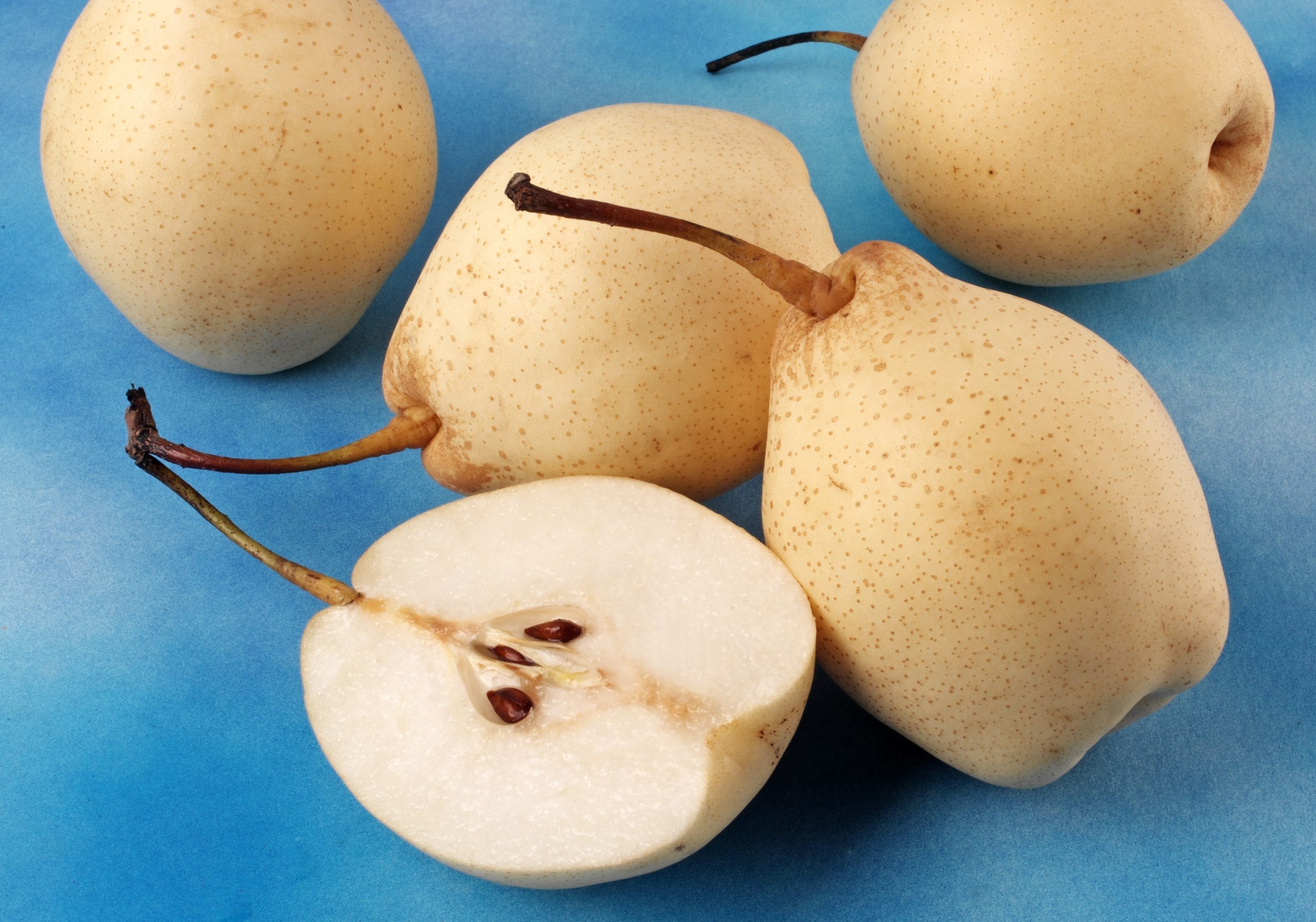The Chinese white pear is a hybrid northeast Asian pear species with an apple pear's crisp, juicy texture but a more European pear-like shape and taste. Their refreshing sweetness and crunchy texture make them popular in various dessert recipes.
Table of Contents
What is a Chinese White Pear?
The Chinese white pear (Pyrus bretschneideri) is a native to North China and is an interspecific hybrid species of pear that is extensively cultivated for its edible fruit. It’s part of the Rosaceae family, along with other fruits such as apples and apricots, and has similar culinary applications to the Chinese quince.
It’s also known as ya pear, pearple, sand pear, Korean pear, and nashi pear, and other cultivars include the Pyrus pyrifolia and Pyrus ussuriensis. In China, the Ya Li pear translates as “duck pear” due to its duck-like shape, and is a cultivar that is extensively cultivated in China and exported internationally.
Medium to large in size, Ya Li pears have a teardrop shape, are typically slanted to one side, have a broad base that narrows to a narrow neck, and have a distinctively long, brown stalk.
The fruit’s interior is white to cream in color, crisp, moist, fine-textured, and aromatic. A few tiny, black seeds are found in the center of the fruit’s core. Weaker than other pears, Ya Li Pears are more prone to bruising. Ya Li pears have a mild Bosc pear-like flavor but are crisper, have a greater water content, and contain less sugar.
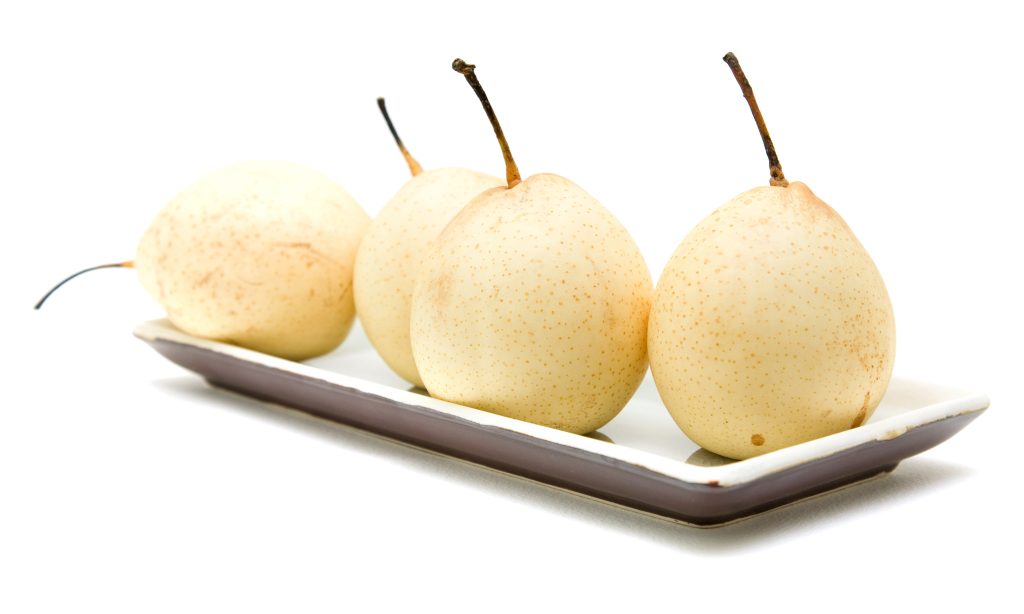
The History of Chinese White Pears
Ya Li pears are indigenous to China and Japan and have been grown there for a very long time. The fruit is still widely grown in the area and traces back to ancient civilizations in the eastern part of the continent.
Today, local markets and specialized supermarkets in Asia, Southeast Asia, Australia, Europe, and the United States carry Chinese white pears.
One of the more well-liked and commercially-cultivated Asian cultivars in China is the Ya Li Pear, which accounts for more than 34% of the nation’s pear shipments. The sweet taste and delicate texture of Ya Li Pears are favorites in Korea, where they are also very well-liked.
What Does a Chinese White Pear Taste Like?
Ya Li pears have taste notes of cinnamon, anise, spice, and vanilla when they are fully ripe and are sweet, slightly tart, and juicy.
When cooked, this fruit doesn’t lose any of its taste, becoming even sweeter and being a great addition to any dish. The finest uses for Ya Li pears are raw and when cooked, like roasting and grilling.
How to Tell When Nashi Pears Are Ripe
Here are some traits you should look for when selecting ripe Chinese white pears:
| Skin | Verify the skin’s resiliency. The skin shouldn’t be wrinkled or soft, and it shouldn’t have any blemishes or marks. Overripe fruit rapidly develops damage from even light handling. Fruit with the incorrect level of maturity is also flavorless. |
| Texture | Fruits with dark or blackened centers should be discarded. Some types start to rot internally. Avoid fruit with mushy or shriveling fruit. |
| Smell | Take a whiff of the fruit. When Asian pears are ready to be eaten, the fruit’s sweet aroma becomes quite prominent. Pears that have been refrigerated don’t smell as strongly. |
| Color | The skin turns yellow and should be smooth, without bruises or cuts. |
What’s the Difference Between Chinese White Pears and Regular Pears?
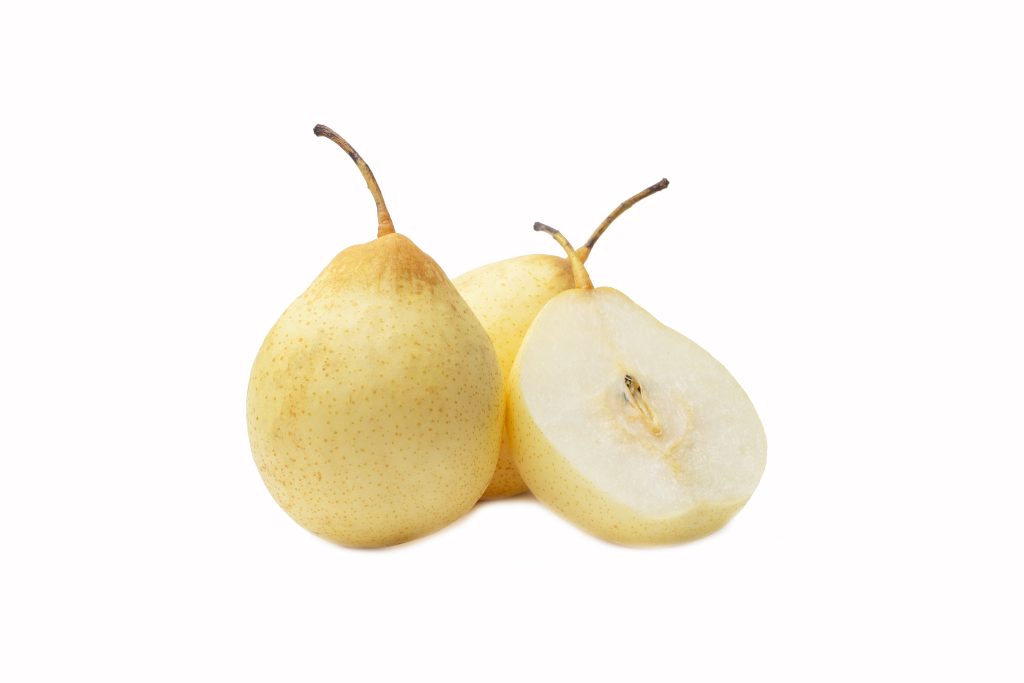
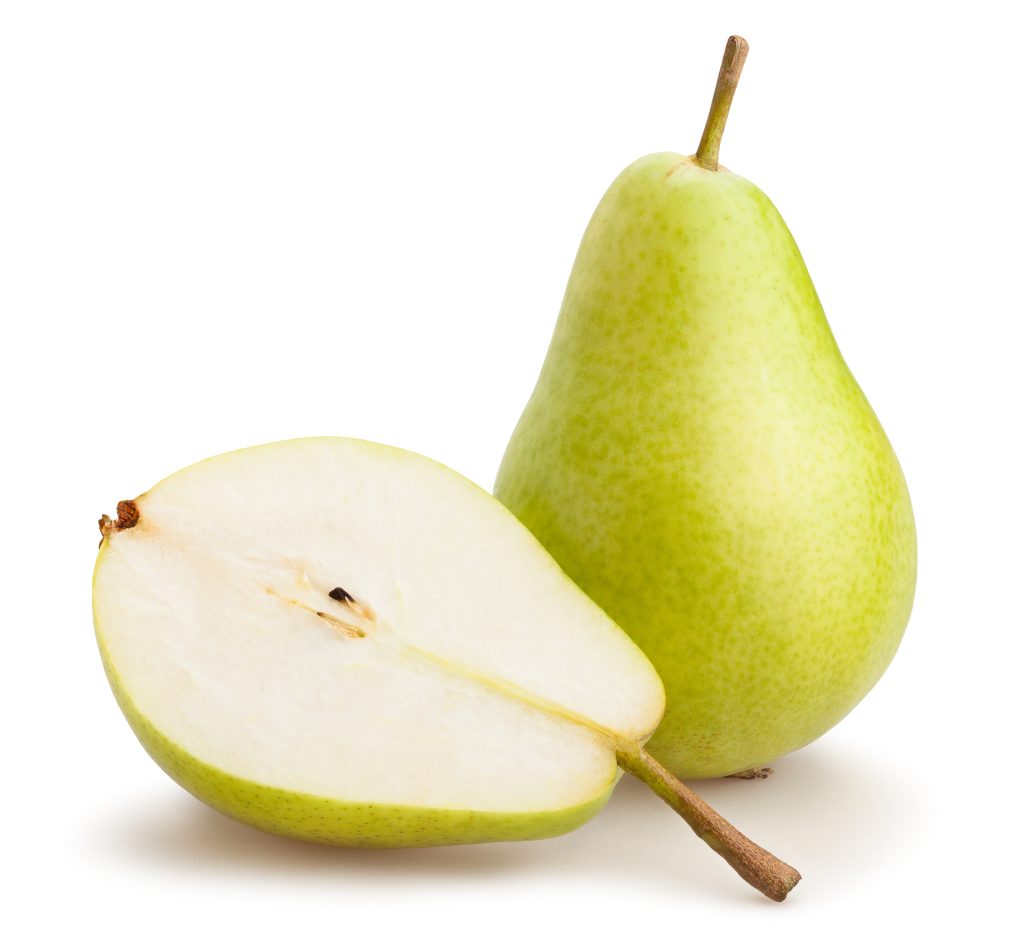
There are many ways in which Asian pears vary from common pears. The primary distinction is that they are smaller than regular pears, and they are usually crispier.
The Bartlett and the Taylor’s gold pear are two of the most popular regular pears. The Hosui pear is a Chinese white pear type with bronze skin. It’s very big, juicy, sweet, and low in acid. Despite Hosui’s ability to partially pollinate itself, Kosui (another type of Nashi pear) will profit from cross-pollination.
The sweet, juicy meat of the Asian pears melts on your tongue, and their skin is thin. They also have a firmer texture and are crunchier than regular pears, making them perfect for salads or snacking.
Regular pears have a pointed tip at the base of their stem and are larger than Asian pears. Although their skin is tougher and thicker than that of an Asian pear, it is still edible; you can either eat around the tough portion or completely peel it off before consuming your pear.
Depending on what type of pear you pick, some will be sweeter than others. Generally, regular pears are sweeter than Asian pears, but if you choose varieties like the Hosui or the Naddel pear, you’ll find them to be very sweet as well.
Can I Eat Raw Nashi Pears?
Yes, people tend to prefer eating Chinese white pears raw. Although most people will eat the fresh fruit alone, pears also work great in fresh salads. You can easily substitute pears in any salad that calls for an apple.
You can also extract the fresh juice from the fruit and create a light fruit cocktail if you have a juicer. If you want to do this with a supply of unripe pears, it’s recommended that you add some sugar to sweeten the beverage further.
Cooking with Chinese White Pears
Follow these simple steps to prepare the fruit before cooking with your Chinese white pears.
- After washing the pear’s exterior, cut it in two.
- Remove the center and seeds with a knife.
- Slice or cube the fruit according to your preferred recipe’s suggested method.
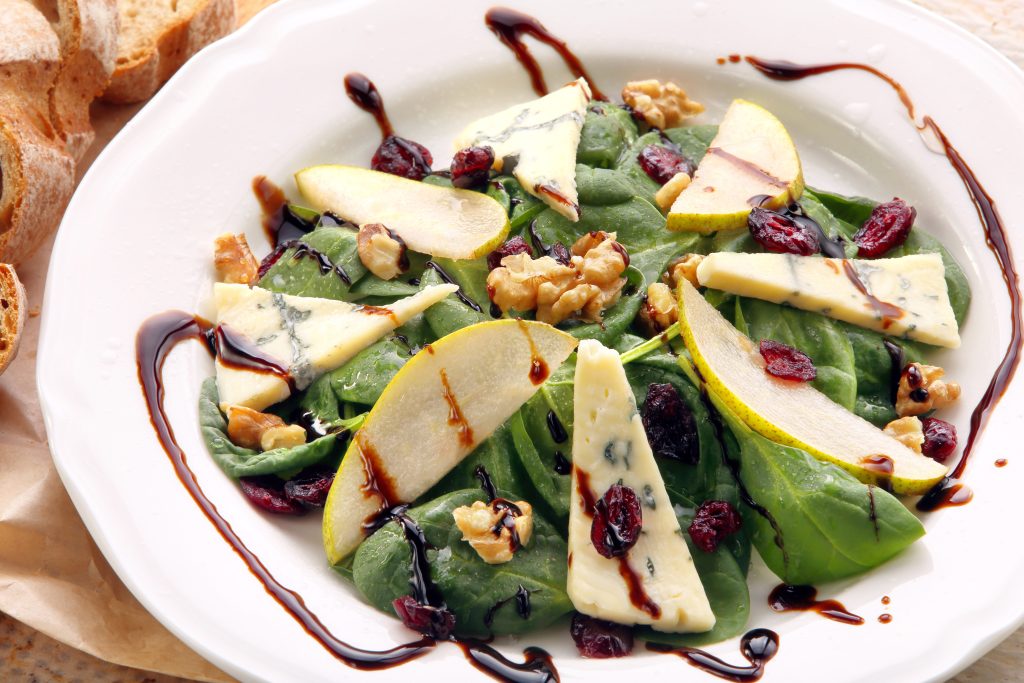
Here are some of our favorite Nashi pear recipes:
- Grilled Pear Salad Bowl: A charming, delightful way to prepare a salad, changing out other fruit for the grilled Asian pears. It’s quick and easy to make, like any salad. All you need is some lettuce, the cheese of your choice, some vegetables, and some Asian pears.
- Easy Pear & Sweet Potato Soup: It’s a pleasant change of pace to serve this pear and sweet potato soup at dinner. The flavor is mildly sweet, and the texture is creamy. It has a mix of sweet and savory flavors but is full of fantastic taste thanks to all the healthy vegetables and spices. Also ideal for guests!
- Snow Fungus Soup with Pears: This is a traditional Chinese recipe, a Chinese dessert soup usually served on special occasions like Chinese New Year. It’s made with Snow fungus, which is a natural tree fungus. The soup will take a couple of hours to be sweet and syrupy, but it’s definitely worth it.
How to Store Pears
Asian pears can be kept in the refrigerator for up to three months or about a week at room temperature. They should be kept in a paper or plastic container.
Asian pears must be acidified in order to stop the development of the bacteria that causes food poisoning in any home-canned Asian pears. Acidity levels can be reduced to an acceptable level by simply adding lemon juice before canning. After that, they can be securely canned by using similar methods for other pears.
Nutritional Benefits of Nashi Pears
Asian pears are amazing fruits; not only are they incredibly flavorful, but they also have some pretty fantastic health benefits.
Beta-carotene and vitamin C, abundant in Nashi pears, protect against cancer and circulatory disease. Additionally, they include vitamins A and K, which support strong bones and teeth.
These pears are also abundant in potassium, magnesium, calcium, and iron, all of which aid in producing red blood cells. By joining with bile acids from the liver, which are then eliminated through bowel motions, the pectin present in these pears also aids in lowering cholesterol levels.
Where to Purchase Chinese White Pears
These pears are typically available in Asian supermarkets from early fall through winter. You are more likely to find Nashi pears in Asian stores than in places like regular grocery stores because they are more prevalent there.
If you can’t seem to find the fresh fruit, you can always find Chinese white pear seeds and try to grow them yourself!

